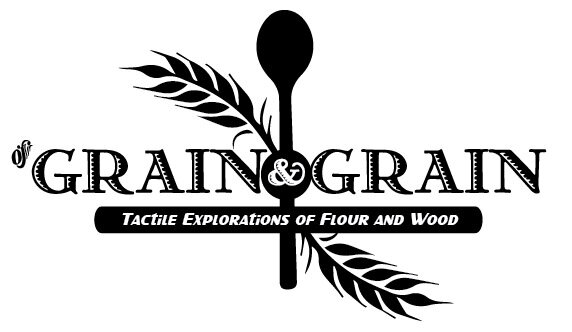Rules for "how to feed a senior"...
As I temporarily leave my parents in the care of other “givers” I have been answering a lot of questions around what they like to eat. I realize a website titled “How To Feed A Senior” should probably clarify some of the rules around the “how-to” part. In my experience I have come to learn that it doesn’t matter what you serve. If it is difficult to chew, hard to swallow, or complicated to eat, it’s not going to work. Issues around poor teeth, difficulty swallowing, and decreased motor skills all increase concerns around senior nutrition and complicate matters for caregivers. The next several posts will be dedicated to a few of the rules I have come to live by and will hopefully help others whom find themselves in the same position.
Rule # 1: Texture Matters
Keep it soft- At this age the teeth are often in rough shape. Many folks wear dentures or have teeth that have experienced neglect leaving the mouth sensitive and chewing stressful. Chomping down on anything can be challenging and things like tough meats, corn on the cob, whole apples, large sandwiches, etc… These things all put a high demand on the teeth. Biting and chewing I have noticed are becoming increasingly more difficult. It’s not to say that my dad doesn’t want a kobe steak, it just means I have to cut it up into small bites that aren’t going to overwhelm him when he has it in his mouth.
Moist- I know people hate this word but too bad. Moist is a must! As Alzheimer’s progresses, difficulty swallowing also known as dysphagia, can be a common problem. This can easily lead to malnutrition and dehydration as those struggling with the condition avoid eating and drinking as the act of doing so physically becomes more difficult. If you are having difficulty swallowing do you think a dry cracker or dinner roll is going to help? No. So, dry is out and moist is in!

